Teaching the greatest common factor can be somewhat boring and tedious for students. There is a lot of writing down numbers, filling out charts, and finding shared factors. But, you can easily increase engagement and improve retention and comprehension by adding some small group activities to your teaching.
Here are 10 small group activities you can add to your lessons for teaching prime numbers and practice finding the factors of numbers in a special education setting. Scroll to the bottom of this post to download this list and directions for each activity for future reference.
1. Scavenger Hunt for finding factors
Getting kids up and moving is a great way to increase engagement. You can not only use this game for teaching how to factor numbers, but it also works great for teaching prime numbers as well (see activity 9).
How to play:
- Write the numbers 1-30 (or you can go up even higher) on index cards, writing one number on each card.
- Place the cards around the classroom.
- Write a number on the board and have students walk around finding the factors for that number.
- Bring the numbers back to the table and fill complete the outside-in chart for that number.
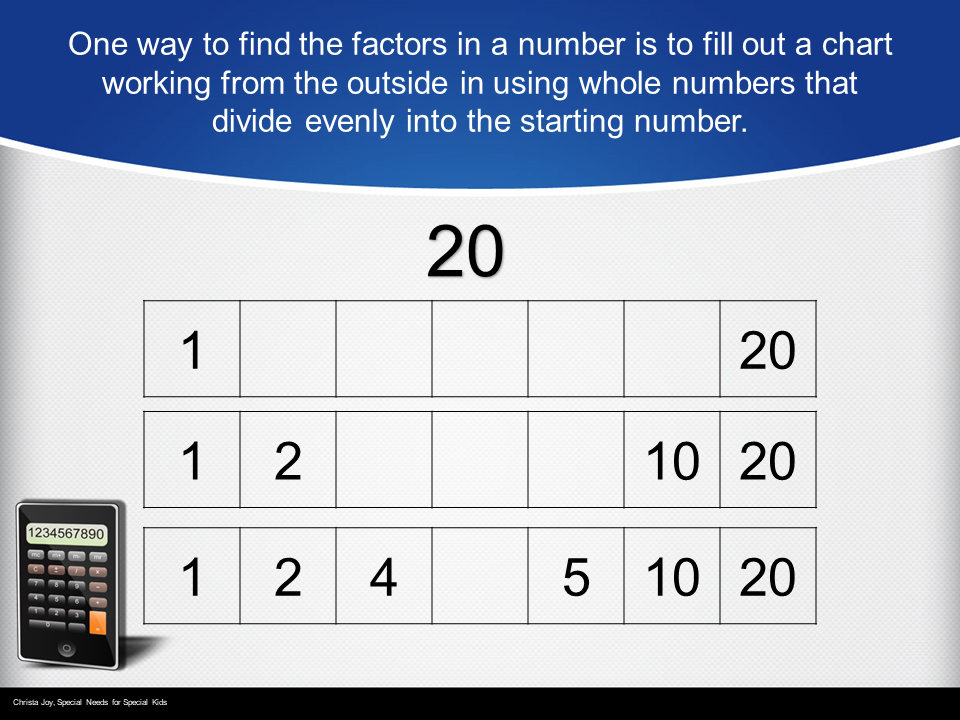
Variation:
- Write a number on the board and students find all the numbers that have that number as a factor, ie write 5 on the board and students would look for 5, 10, 15, 20, 25, 30
- Write two numbers on the board and fill in the outside-in chart for both numbers. Students then go hunt for any common factors between the two numbers.
2. Go Fish
Finding factors is fun with this familiar game. I like to play this with a deck of cards with the jacks, queens, and kings removed.
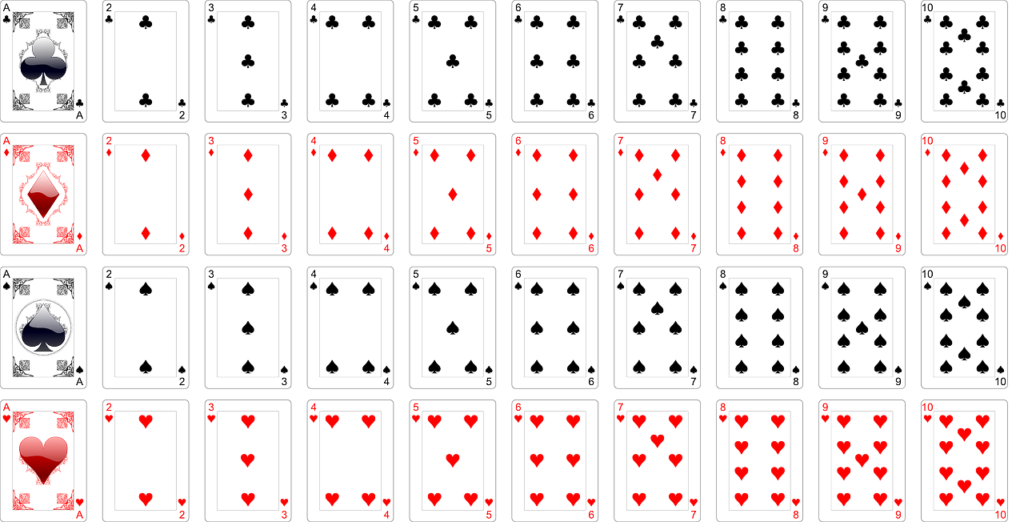
How to play:
- Write the numbers 1-30 (or you can go up even higher) on index cards, writing one number on each card.
- Give each student 5 cards.
- Place remaining playing cards in a pile in the middle of the table.
- Place the index cards face down in the middle of the table.
- When it is your turn, pull an index card and ask one other player, “Do you have any factors for X?” (The number on the index card).
- The other player hands over any factors they have for that number.
- If the other player says no, then draw a card from the pile of playing cards.
- Place any sets of four (or you can choose sets of 2 or 3) down in front of you.
- Discard the index card face up next to the pile of unused index cards.
- The next player can choose the index card just discarded or a new one from the pile of unused index cards
3. Speed Matching
This game keeps students on their toes. You will have to add some modifications for students who have gross motor movement issues.
How to play:
- Use a deck of cards with the jacks, queens, and kings removed.
- Place the playing cards face up in the middle of the table.
- Write a number on the board.
- Students race to find the factors for that number in the pile.
Variations:
- You can also verbally just give clues like any prime numbers less than 10.
- You can also play this game by rolling 2, 3, or 4 dice and having students find the factors for the number rolled.
4. Paper Plate Toss
This was my students’ favorite game. There was some skill involved, and I think they just liked having permission to throw toss things.
How to play:
- Write the numbers on paper plates. I like using small plates. Go as high with the numbers as you have room for.
- Spread the plates in an area in front of where the students are sitting.
- Write a number on the board and students toss beanbags to land on the factors for that number.
Variation:
- Students toss a bean bag trying to get it to land on a plate with a prime number.
- Write two numbers on the board and fill in the outside-in chart for each number. Students try to toss the bean bag onto the plate with the greatest common factor between the two numbers.
5. Bingo
Who doesn’t love a game of good bingo? I found this activity worked best with prime numbers. There are lots of different ways you can play bingo with your students. You can see my blog post on 10 Ways to Play Bingo in your Classroom for some ideas and free bingo cards to download.
To get a free set of 20 prime number bingo cards to use, click the button below.
6. Turn Over Number Factors
This is another fun number factor activity that can be played at a table or on the floor.
How to play:
- You will need the numbers 1-30 written on index cards and 5 dice.
- Divide the index cards evenly amongst students.
- Students place index cards face up in front of them.
- Roll the 5 dice.
- Students turn over any factors they have for that number.
- The winner is the first to turn over all their cards.
7. Prime Number War
“One, two, three, four, I declare war.” I like this game because it gets students used to seeing prime numbers. And, although I always allow them access to a board of prime numbers, it helps when they see these numbers in isolation repeatedly. This is a fund was to make that happen.
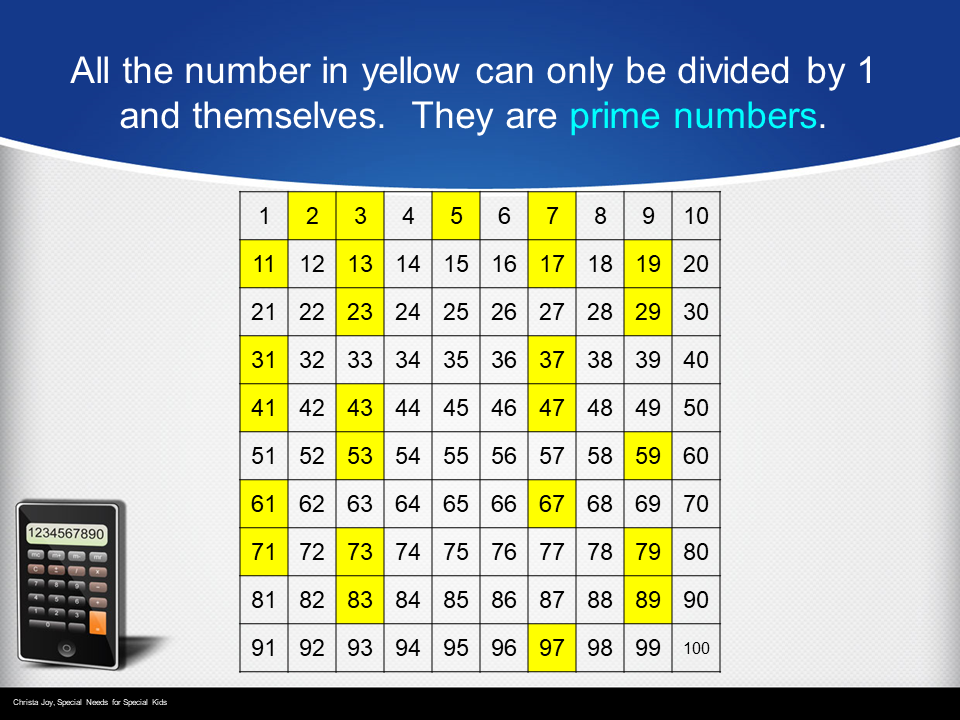
How to play:
- For this activity, you will need to write all the prime numbers on index cards (one number per card).
- Make two sets of cards.
- Divide cards evenly amongst all the students.
- Play war as you would normally.
8. Prime Number Scavenger Hunt
Set up a scavenger hunt similar to the first activity, but have students only look and retrieve prime numbers.
9. I Spy
This finding factors activity really gets kids listening. This is a good choice for students that are too easily excited by a lot of movement or need a calmer, quieter activity on an over-stimulating day. Make sure each student has access to a board of prime numbers.
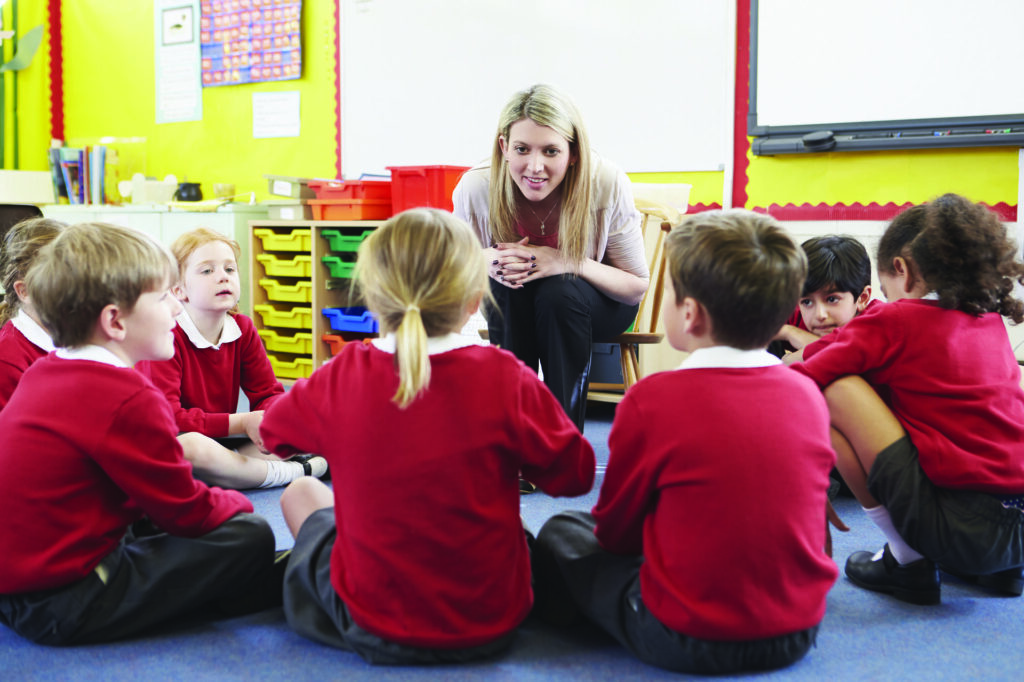
How to play:
- Have a number written on an index card or place students cannot see.
- Start giving students clues as to which number you are holding.
- Composite or prime
- A factor of_____
- Greater or less than ______
- Even or odd prime number
- Which row or column the prime number is located
- Have students place a marker on the number they think you are holding.
10. Block Towers
This finding factors activity would make a great learning center and can be done in a group or alone.
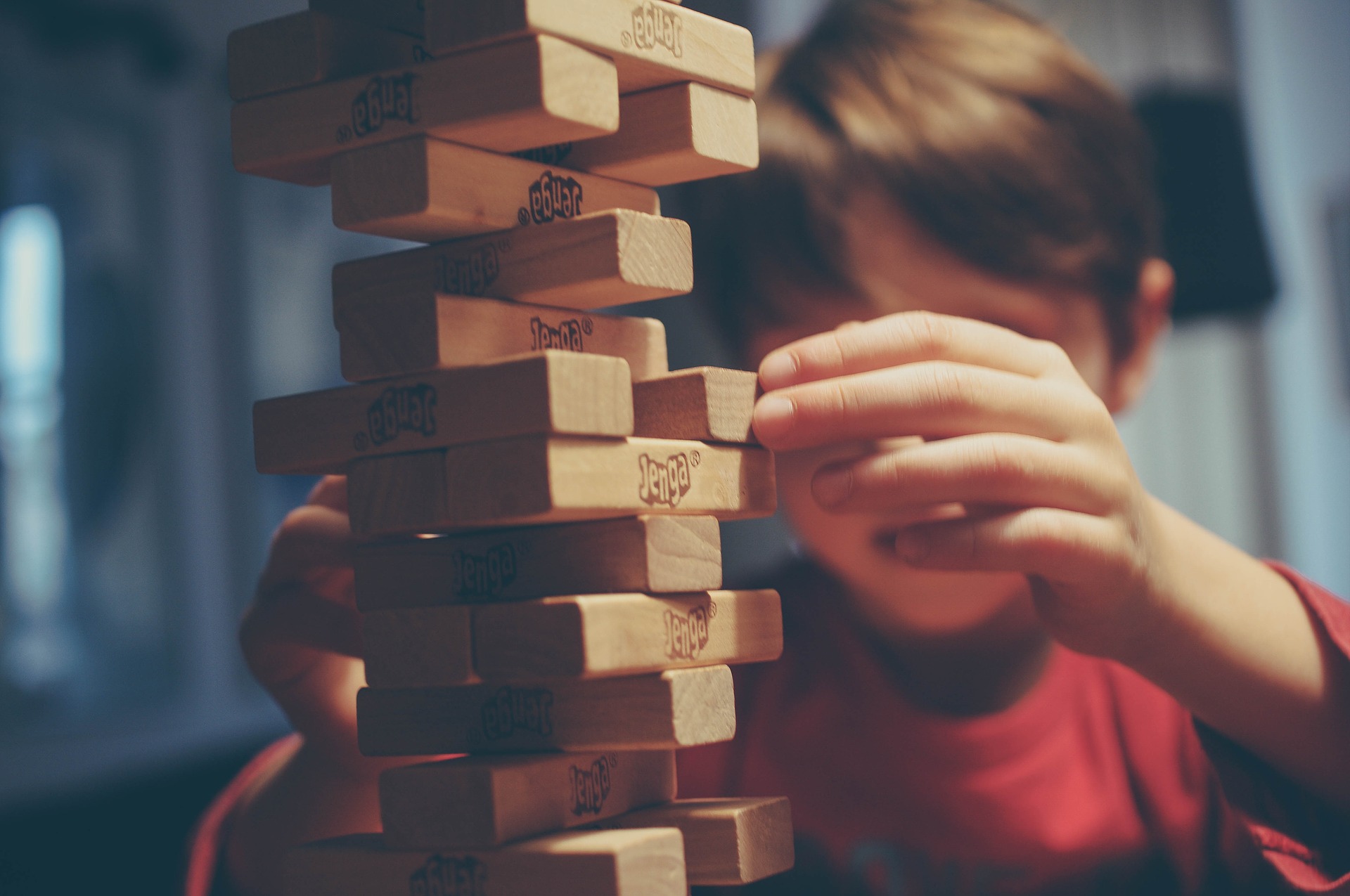

How to play:
- Write numbers 1-20 on some blocks (Jenga blocks work well); you will need a set for each student, or they can take turns. (If you have students with gross or fine motor issues you can use large Duplo or lego blocks that will not fall over as easily.)
- Numbers 1-20 on index cards.
- Draw an index card.
- If working as a group complete the outside in chart to find all the factors for that number.
- Find blocks with corresponding numbers and build them in a tower.
- If using Jenga blocks, build them tall-wise to make it more challenging.
Summary
- Scavenger Hunt
- Go Fish
- Speed Matching
- Paper Plate Toss
- Bingo
- Turn Over
- Prime Number War
- Prime Number Scavenger Hunt
- I Spy
- Block Towers
To download a complete list with all the instructions click the button below.
If you are looking for more resources for finding the Greatest Common Factor, then check out this 2 week unit.


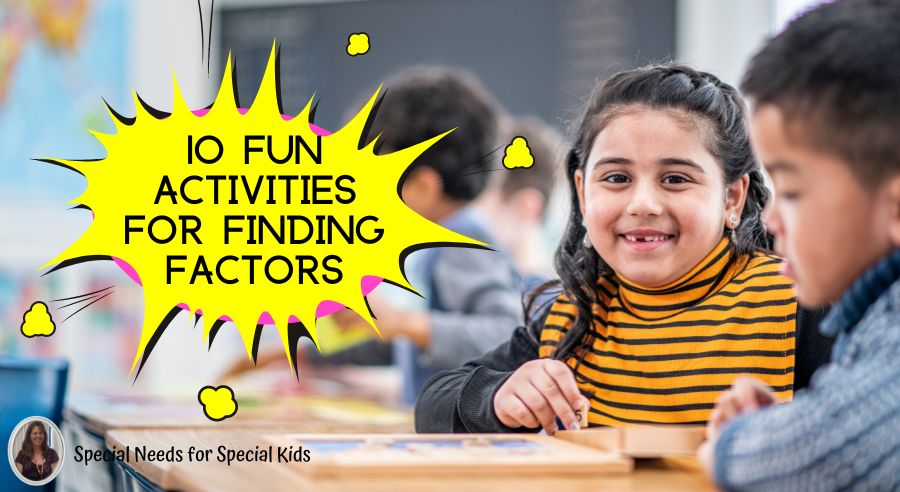
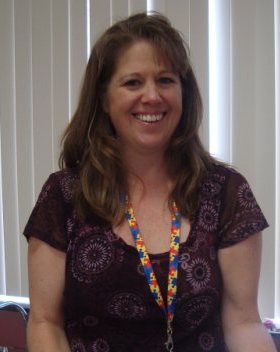
2 Comments
I love all of these!!! Thank you!
Thank you so much Nancy!! I love doing activities in small groups to expand my lesson and the kids love it.
Comments are closed.